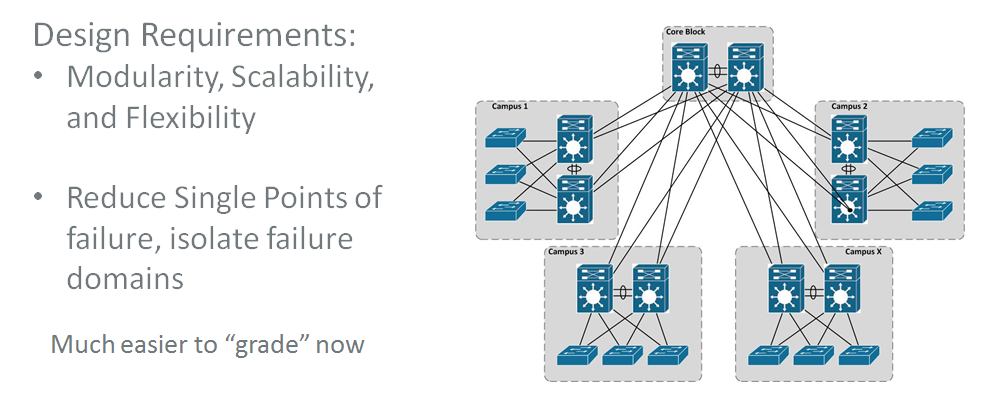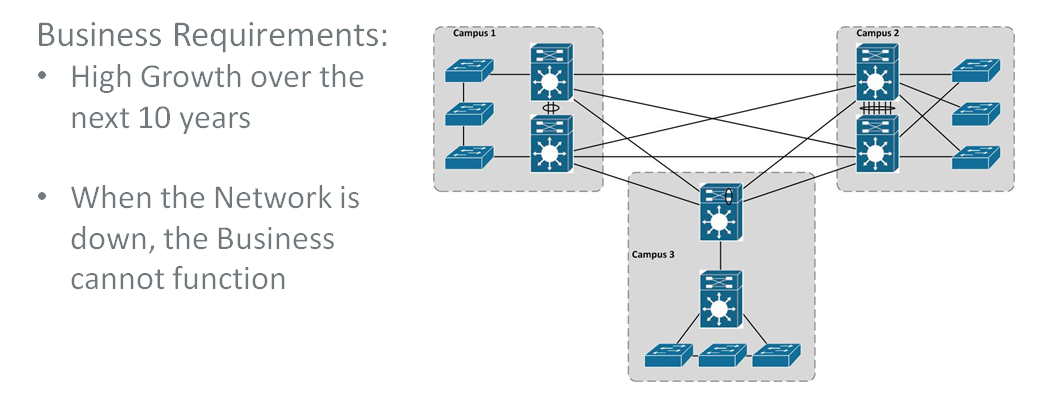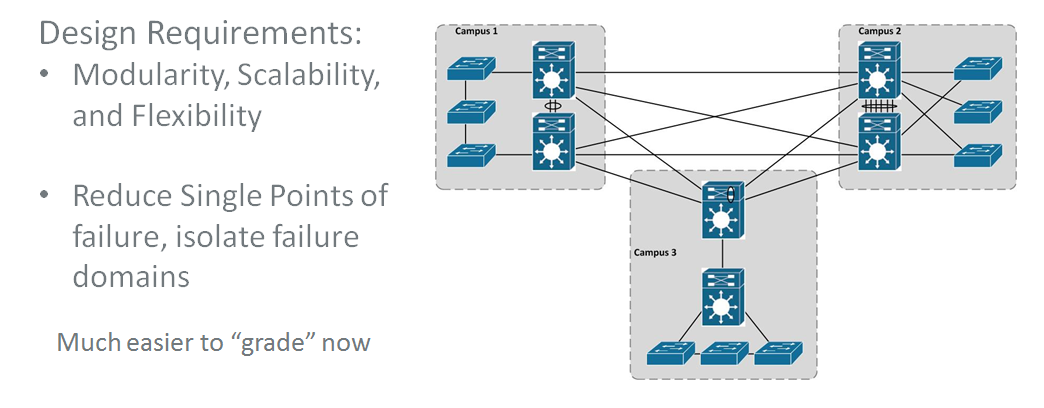Podcast: Play in new window | Download

Today’s ZNDP episode is all about Design type three: Business Design Decisions and your Design Mindset! We will be asking and answering questions: What makes a good design? How do you know what you have is a good design? How can you “grade” a design if you do not have a grading sheet?
In our last episode, ZNDP # 11 – Network Design…But Why?, we spent a good amount of time going over why you should care about Network Design. Why it’s so important for you to make technical decisions to meet business needs. If you haven’t listened to Episode 11 yet I highly recommend you do it’s not necessarily a requirement for this show as I will summarize it a little, but it is definitely an episode to listen too. You can find it at here https://zigbits.tech/11.
Subscriber Spotlight:
Amr, I am so honored, humbled, and appreciated by your kind words and feedback. To be able to inspire you, to mentor you and guide you through your own journey as it begins means so much more than anything else. This is one of the core reasons why I started this podcast. I appreciate you, and with all of my heart I thank you.
For all of my Friends, Ziglets, Nerds, and Geeks out there if you need a mentor, if you need guidance, if you have a question, you can email me directly via feedback@zigbits.tech, you can leave a review on iTunes, or you can tweet @zigbits. Lets connect and lets build a relationship. Maybe you will be in a Subscriber spotlight in a future episode of the Zigbits Network Design Podcast (ZNDP).
Type Three: Business Design Decisions
Near the beginning of ZNDP # 11 – Network Design…But Why?, we went over the first two types of Designs. Today we are focusing on type three, Business Design Decisions, but lets recap on the first two Design types.
- Type One: Tactical Design Decisions
- Type Two: No Design thought process at all
Questions to Ask / Answer:
- What makes a good design?
- How do you know what you have is a good design?
- How can you “grade” a design if you do not have a grading sheet?
Lets start with a simple example:
- Why do we enable an OSPF interface as a point-to-point interface?
How about a more realistic example:
- What about implementing subsecond failover of an IGP versus a 5 second failover?
Higher level of abstraction:
What is a Design Mindset?
“A contextual framework focused on the overall solution by analyzing and comparing a determined list of requirements”
Characteristics of this Framework:
- This isn’t a technical problem solving framework but is a business solution focused framework.
- Tactical vs Strategic
- Building and Evolving into a Consultative Approach!!
- Building the relationships with the different business elements
- Partnering up with key business executives, key business stackholders
- This framework is the structure, the Blueprint, that makes a Design valid. This can be any Design. This framework is abstracted in a way so you can use it for anything you are designing, this doesn’t have to be Network Design specific.
- The focus within this framework is on understanding the overall requirements, whatever they may actually be. It’s a formula that takes a list of requirements as an input to build a valid (good) design that ties back to the requirements.
Framework Example:
Lets say you were tasked with designing and building a car. You have completely built the car, it has four wheels, it drivers forward / backward and it has a windshield. All is happy with your design and your car. Then you find out your car needed to float in the water, what do you do now?
I don’t know about you but I can’t even guess as to how many times in my career I’ve been in a situation like this once a network has been implemented. The Developer says “My servers need layer 2 connectivity to function appropriately” but you designed and implemented a Layer 3 Access Layer… And this is where you bang your head on your keyboard.
Real World Example and Step by Step Process:
Step 1: Getting the business requirements
 Step 2. Transferring the Business requirements to Design requirements
Step 2. Transferring the Business requirements to Design requirements
Step 3. Implement the Design based on the requirements
 Step 4. Validating your Design meets the original Business Requirements
Step 4. Validating your Design meets the original Business Requirements
This is now a step we can effectively and efficiently complete because we have a Grading sheet, or a Blueprint, that we were following from the beginning that we can utilize to validate or grade our Design.
Call to Action:
I would love to hear how you personally determine what makes your designs good. The process you go through, any information on what helps you throughout your Design Mindset would be appreciated. Please email how you go about designing your solutions today to Feedback@zigbits.tech.
Hosted By: Michael “Zig” Zsiga
Guest Expert: None
Thank you for the podcast reviews!
Vayetzei from The United States said “Zig has a ton of info about the Cisco world is enthusiastic about sharing it. He has a wonderful blog that mirrors the show with additional great content. He is super nice on the podcast and welcomes audience participation/feedback. “
Thank you for the iTunes reviews as they sincerely motivate me to continue to give back to this community that I love. If you enjoy the podcast and the information I share, please feel free to write your own personalized review on iTunes!
Ask questions and give feedback
- You can leave a comment in the show notes
- You can leave a voicemail at (617) 913-4103
- You can email us at Feedback@zigbits.tech
Engage with Zigbits further:
- Subscribe to the podcast on an iPhone or on an Android
- Follow Zigbits on Twitter!
- Follow Zigbits on LinkedIn!
Engage with me further:
Transparency:
This post may contain affiliate links to products or services were I may receive a level of compensation from your actions by following those links. This is seamless to you and does not add any additional cost to the products or services in question. In addition, I do not let any affiliate relationship cloud my judgement or my recommendation of a product or service. My recommendations will always be above reproach. This is my commitment to you Ziglets!



